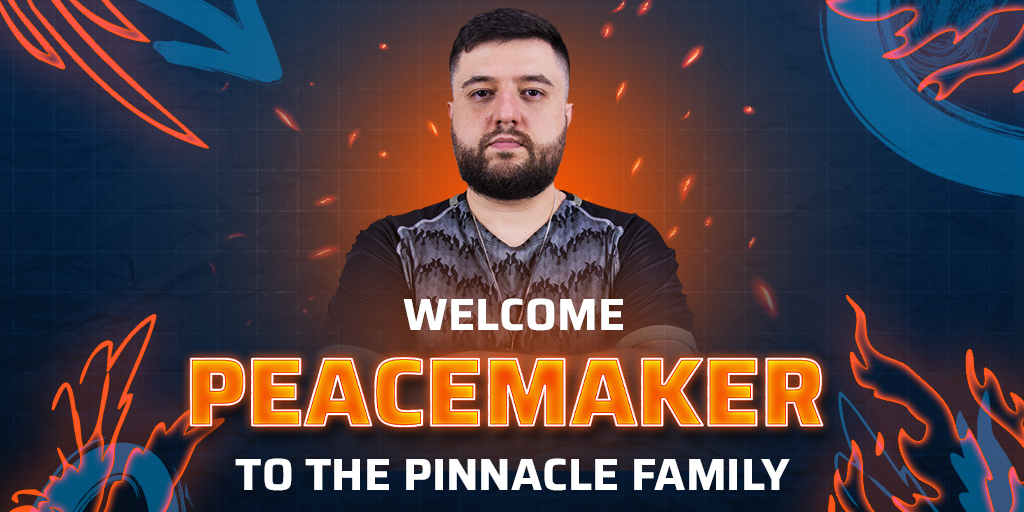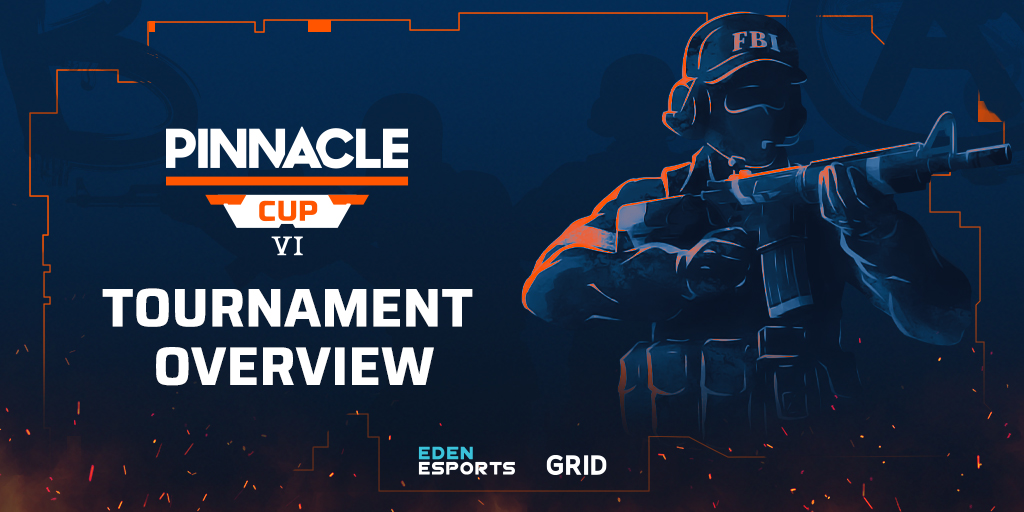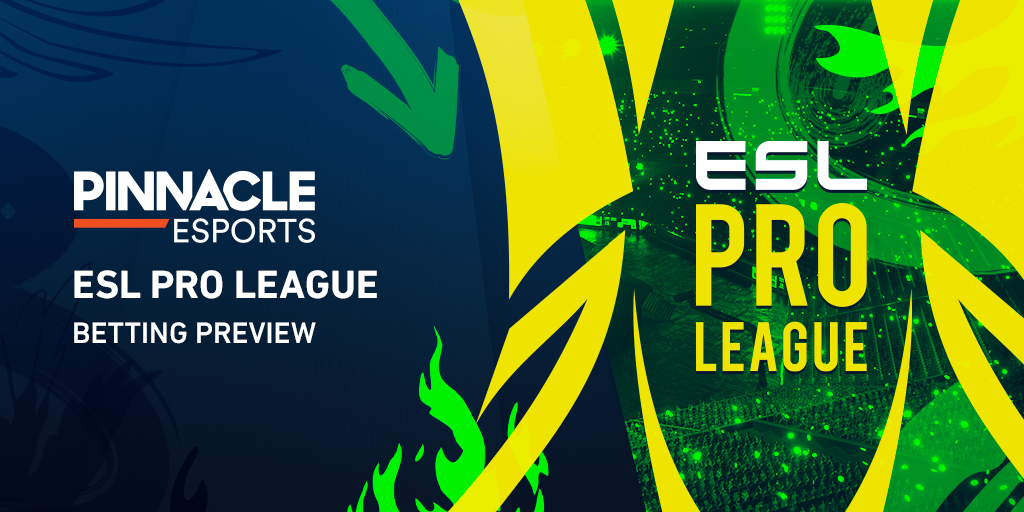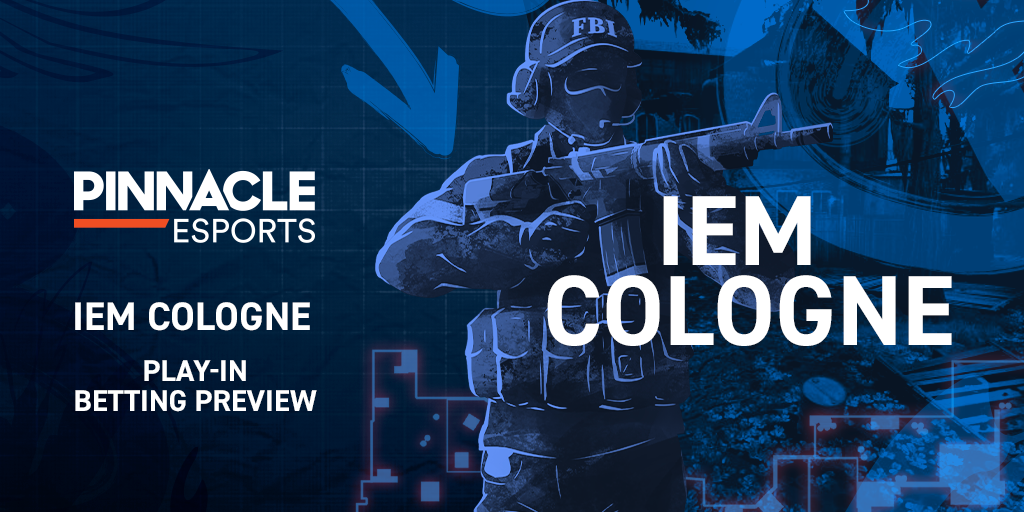ESL Pro League has become a staple in the CS:GO calendar. Now in its seventeenth season, EPL is held in Malta and lasts for more than a month. However, the format we have become accustomed to has undergone some changes heading into 2023 and it will be interesting to see how it performs.
CS:GO is on the opposite end of the spectrum compared to League of Legends and Dota 2. League of Legends runs regional leagues, paired with two tournaments each year, whilst CS:GO is primarily formed of tournaments in tier 1. This is also what separates esports from traditional sports, as most traditional sports feature a league structure. The closest link being League of Legends and North American sports like the NBA, NFL and MLB; although this is less similar with the format changes to the EMEA Championship.
A game like CS:GO enjoys giving teams a chance to qualify to the largest tournaments of the year through tier 2 events. Systems like League of Legends and VALORANT don’t allow for this in the same way, as they are franchised - meaning each organisation pays for a slot to be in the league. Some tournament organisers, such as ESL and BLAST, have adopted a similar system with “Partner Teams” for select tournaments. ESL Pro League is one of these tournaments that uses “Partner Teams” to make up a chunk of the competing teams. This aims to give viewers highly engaging and exciting games; however, this may not always be the case in the tournament's first round.
What was the ESL Pro League format previously?
Previously, ESL Pro League provided a format that acted similar to League of Legends and the aforementioned North American sports. It held four groups, where every team would play each other once and the top three teams from each group would qualify for playoffs. In total, the tournament hosted 24 teams and these miniature groups of six were the closest CS:GO could systematically get to traditional sports.
The teams were made of 15 “Partner Teams'' as the majority of the competitors, with the rest being given invites based on the ESL World Ranking and qualification through the ESL Conference. The difference in skill between contenders in ESL Pro League and ESL Conference is essentially the equivalent to English football’s Championship and Premier League. Although the teams in the ESL Conference are worse on paper, they can still come in and upset some of the biggest names in the game. Just look at how Endpoint took down NAVI 2-0 in Season 16.
How is ESL Pro League changing its format?
There are two main changes occurring in Season 17. The first is an increase in the number of teams, seeing a jump from 24 to 32. The qualification process has slightly changed, giving spots from various ESL Challenger events’ winners and ESL Conference. The ESL Conference qualification has changed, splitting into regional tournaments to allow more representation across EPL.
The other change is the format. Although the event is called ESL Pro League, it acts less like a league and more like four mini tournaments that give qualification to the playoffs. Any resemblance we were seeing of CS:GO having a tournament that looks relatable to traditional sports becomes void due to these changes.
The groups are made up of 8 teams, which is a few more than the previous 5 team groups. Previous seasons saw each team playing a single game against each of the other teams in the group. This new format gives teams a more forgiving run, adding a lower bracket and a last chance stage to decide the exact placements of each group. As a result, the playoff bracket will feature four teams from each group, opposed to the previous three teams.
What effects will these changes have?
ESL Pro League now becomes as forgiving as Dota 2’s The International. If two top teams are matched together in the upper bracket semi-finals, you are more likely to get the best teams in the playoff brackets. As an esport where the playoffs are often held in stadiums , this is what fans of the game want to see. A new forma t is exciting for any event and more teams can lead to bigger upsets. No matter your region, the new ESL Conference stages give representation to them all. ESL Pro League continues to grow and become even more impressive, as both a production and an event.







